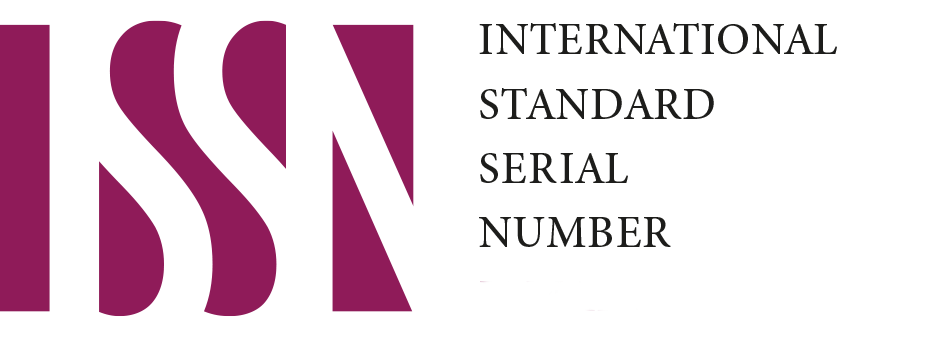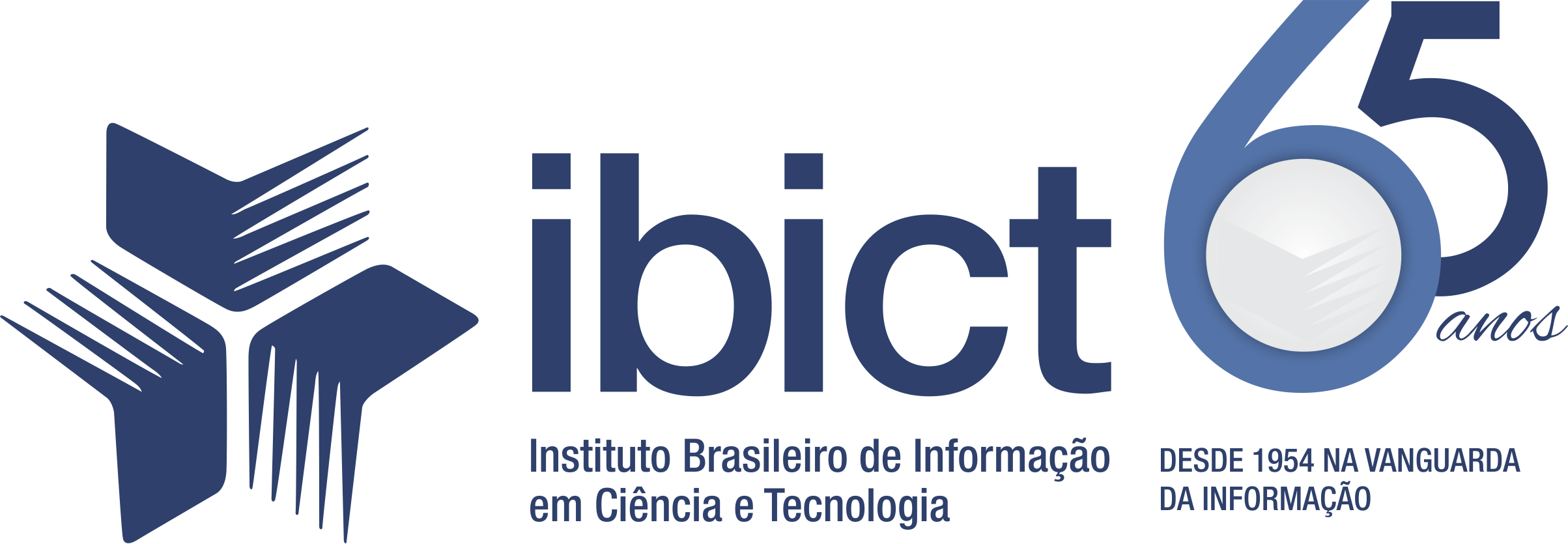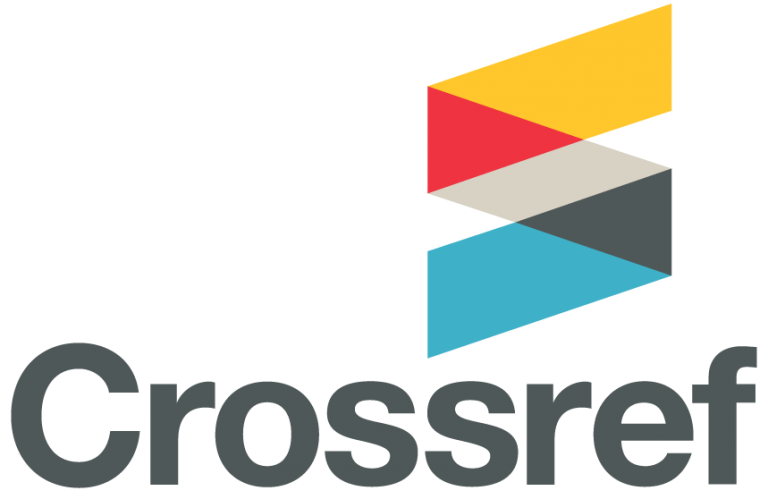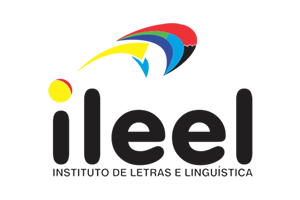From communication to quality in interpreting and translation
A didactic view
DOI:
https://doi.org/10.14393/LL63-v35n2-2019-14Keywords:
Professional translation, Professional interpreting, Quality assessmentAbstract
Professional translation and interpreting act on texts and speeches as a communication service in specific social interaction contexts. When assessing its quality, the relevant human actors and their intentions and other parameters of the communication situation need to be taken on board. Variability in their positions and ability to assess various quality parameters makes quality assessment a composite construct with a certain amount of subjectivity.
Downloads
References
CASTELLANO, L. The practical tools employed. In: PICKEN, C. (Ed.). The translator’s handbook. London: Aslib, 1983. p. 47-79.
COLLADOS AÍS, Á.; SÁNCHEZ, M. F; GILE, D. (Ed.). La evaluación de la calidad en interpretación: investigación. Granada: Comares, 2003.
GARCIA BECERRA, O.; PRADAIS MACÍAS, E. M.; BARRANCO-DROEGE, R. (Ed.). Quality in interpreting: widening the scope. Granada: Comares, 2013.
GILE, D. Fidelity assessment in consecutive interpretation: an experi¬ment. Target, v. 7, n. 1, p. 151-164, 1995. https://doi.org/10.1075/target.7.1.12gil
GILE, D. Variability in the perception of fidelity in simultaneous interpretation. Hermes, v. 22, p. 51-79, 1999. https://doi.org/10.7146/hjlcb.v12i22.25493
GILE, D. Basic concepts and models for interpreter and translator training. Amster-dam/Philadelphia: John Benjamins, 2009. https://doi.org/10.1075/btl.8
GOUADEC, D. Le traducteur, la traduction et l’entreprise. Paris: AFNOR gestion, 1989.
GOUADEC, D. Profession: traducteur. Paris: La Maison du Dictionnaire, 2002.
HALLEY, M. Interpreting as Ideologically-structured Action: Collective Identity between Activist Inter-preters and Protesters. New Voices in Translation Studies, v. 20, p. 54-85, 2019.
JÄÄSKELÄINEN, R. Investigating Translation Strategies. In: TIRKKONEN-CONDIT, S.; LAFFLING, J. (Ed.). Recent trends in empirical translation research. Joensuu: University of Joensuu, 1999, p. 99-119.
JANZEN, T. (Ed.). Topics in signed language interpreting. Amsterdam/Philadelphia: John Ben-jamins, 2005. https://doi.org/10.1075/btl.63
KRINGS, H. P. Was in den Köpfen von Übersetzer vorgeht. Eine empirische Untersuchung der Struktur des Übersetzungsprozesses an fortgeschrittenen Französischlernern. Tübingen: Gunter Narr, 1986.
LÖRSCHER, W. Translation Process Analysis. In: GAMBIER, Y.; TOMMOLA, J. (Ed.). Translation and knowledge, SSOTT IV. Scandinavian Symposium on Translation Theory, Turku, June 4-6, 1992. Turku: University of Turku, Centre for Translation and Interpreting, 1993.
METZGER, M. Sign language interpreting: Deconstructing the myth of neutrality. Gallaudet University Press, 2002.
MOLE, H. Narratives of power: Critical reflections on signed language interpreting. 2018. 274f. Doctoral dissertation, Heriot-Watt University, Department of Languages and Intercultural Studies, 2018.
ROBINSON, Douglas. Becoming a translator. London & New York: Routledge, 1997.
TIRKKONEN-CONDIT, S. Professional vs. Non-Professional Translation: a Think-Aloud Protocol Study. In: HALLIDAY, M.; GIBBONS, J.; NICHOLAS, H. (Ed.). Learning, keeping and using language. Selected papers from the eighth World Congress of Applied Linguistics. Sydney, 16-21 August 1987. Amsterdam/Philadelphia: John Benjamins, 1990, p. 381-394. https://doi.org/10.1075/z.lkul2.28tir
Downloads
Published
How to Cite
Issue
Section
License
The authors retain author's rights but grant the journal the right of firsth publication. The works are licensed under Creative Commons Attribution License, which allows sharing provided that the authors and this journal are properly ackonwledged.













